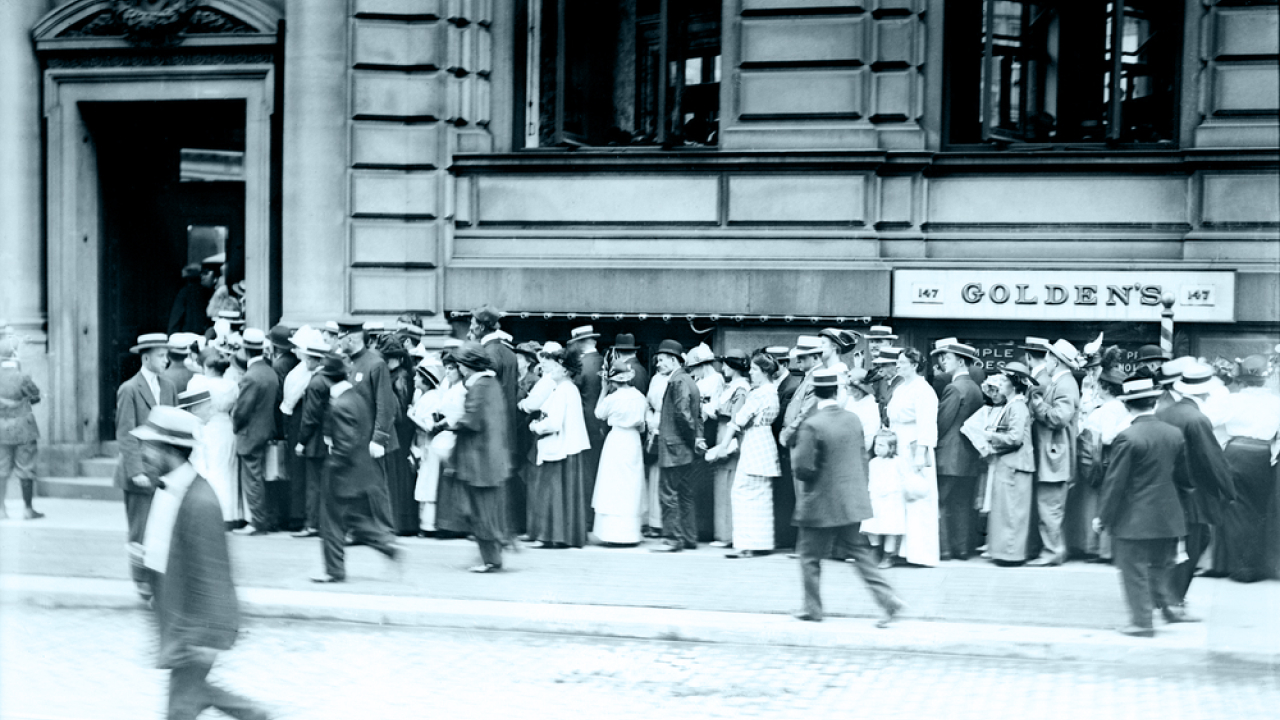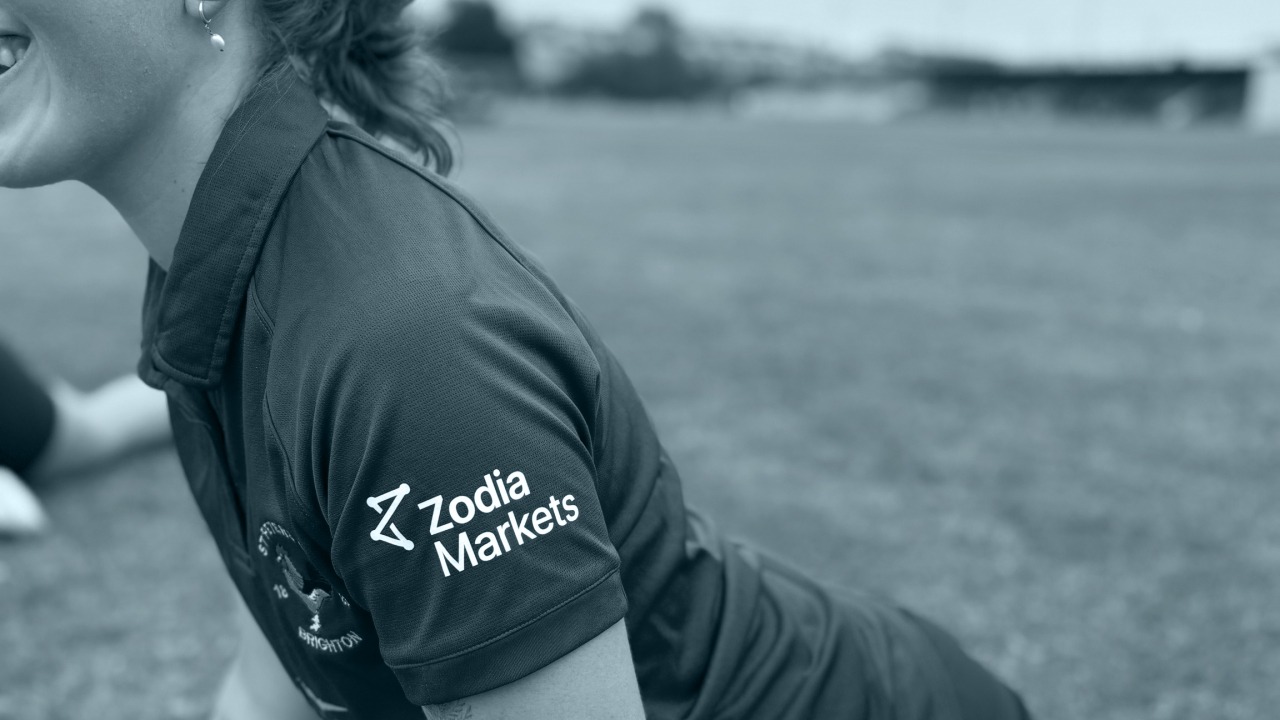This story covers three topics. First, as markets evolve, they often see a wave of new entrants who are subject to lower regulatory requirements than the incumbents, sometimes known as ‘regulatory arbitrage’. Second, since crypto asset firms and crypto assets do not pose a systemic risk to the economy, there tends to be no lender of last resort, although the hazard of state support does not exist as a moral hazard. Third, while markets are seemingly impersonal and digitised, the importance of trust remains paramount. Once a reputation is damaged, the effect on confidence can be swift and devastating.
The nineteenth century saw the growth of trust companies. Originally formed to handle various financial tasks for private estates and corporations, these provided similar services to banks but were less heavily regulated and capitalised, meaning they could generate higher returns.
Among other services, trusts, unlike banks, provided uncollateralised loans to brokers for the purchase of stocks that had to be repaid by the end of the day. The brokers used the securities as collateral for overnight loans from banks, which were used to repay the initial loan from the trusts. Similarities are found in crypto asset flash loans, which are also short-term, uncollateralised and designed to facilitate trading.
Voyager Digital, which recently filed for bankruptcy, had similarities to a trust company. Clients deposited crypto assets at Voyager and were able to earn returns that were not available from traditional financial service providers. For example, Voyager offered 12% annual interest on Polkadot deposits, with other crypto assets earning up to 8%. This led to it experiencing significantly rapid growth, reporting in Q1 2022 that it held over $5bn in deposits. Voyager then lent these assets to market makers and hedge funds on a largely uncollateralised basis. One of their borrowers was Three Arrows Capital.
By 1907 the Knickerbocker Trust company was one of the largest in the US. Its president, Charles Barney, was a leading figure in New York society with a good reputation. In the same year Charles Morse, an associate of Barney’s, tried and failed to repeat a successful corner of the ice market by trying to corner the market in United Copper stock. The New York Clearing House was almost able to contain the failure. However, Barney’s previous association with Morse became public and this was enough to cause a run on Knickerbocker. The impact on the overnight lending market against stock collateral was rapid as rates jumped from 9.5% to 100% in two days and the market seized.
Voyager was similarly impacted by the collapse of 3AC. Its bankruptcy filing showed it was owed $689 million by 3AC with no indication that this was collateralised in any way. Voyager’s earnings for Q2 2022 showed it held $227m of collateral against over $2bn of loans. In addition, it was impacted by both the fall in prices of stETH, a promissory note for ETH on the upcoming Ethereum 2.0, and GBTC, which began to trade at discounted rates to the Bitcoin that backed it. All these circumstances, combined with Celsius’s collapse, led to a run-on Voyager very similar to the one on the Knickerbocker. In 1907, J.P. Morgan convened the presidents of 14 banks in his New York office who pledged nearly $25m, saving numerous firms from collapse, however, Knickerbocker was not among them. Sam Bankman-Fried of FTX similarly attempted to save Voyager but, unlike J.P. Morgan, he was unable to gain support from any other parties. As we can see, the comparison between Sam Bankman-Fried’s and JP Morgan’s experience is not a perfect one.





